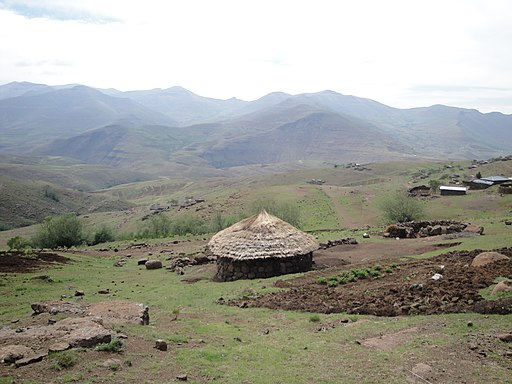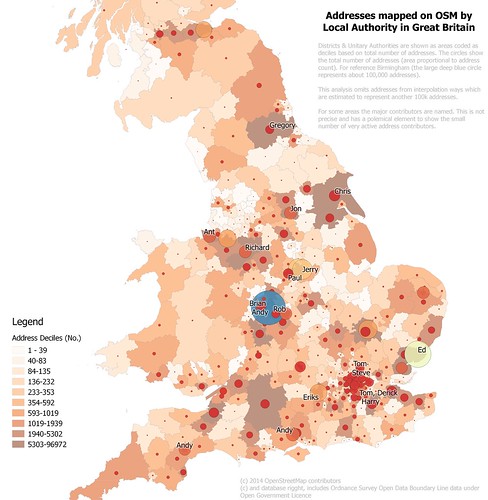At the start of August I appeared in the OpenStreetMap
stats for users adding most data in a day. This was the first time in ages that I've made enough edits to appear. The reason: I've been contributing this past week to a
mapathon to map as much of
Lesotho as possible. This has been co-ordinated by Irish OSM contributors, some of whom will travel to Lesotho early next year.
 |
A village in Mokhotlong District.
This is S of the area I have mapped, but looks similar on aerial photos.
Source: Wikimedia Commons. |
The co-ordination makes use of the
HOT Task Manager: a piece of software which has distant origins in something, long gone, called
QualityStreetMap.
I've use the Task Manager fairly rarely, but development over the past year has added one feature which for makes it much easier to use: the creation of a bounding box in the JOSM editor. It is now much simpler to see the area one has undertaken to map. This in turn is important in reducing editing conflicts and redundant work.

